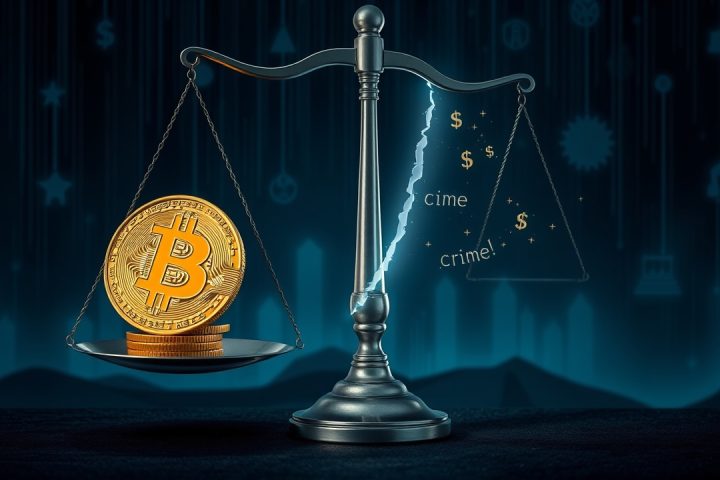The Current State of Decentralized Finance (DeFi)
The decentralized finance (DeFi) industry, which has surged to an impressive valuation of nearly $150 billion, is currently grappling with substantial security threats that jeopardize investor assets, as highlighted by Jonathan Levin, the CEO of Chainalysis.
Security Concerns in DeFi
Speaking on the issue, Levin pointed out the alarming oversight in cybersecurity amid DeFi’s rapid expansion, primarily facilitated by blockchain technologies devoid of traditional intermediaries. He quipped,
“Developing a protocol in your mother’s basement doesn’t come with the built-in security expertise of a GCHQ official,”
referring to the UK’s Government Communications Headquarters.
Levin expressed concern over the DeFi community’s preoccupation with generating profits rather than prioritizing safety measures:
“The focus within on-chain finance is primarily on increasing value, leaving security somewhat neglected.”
Recent Breaches and Financial Losses
According to figures from DeFiLlama, decentralized finance platforms currently manage over $140 billion in digital assets, with noteworthy players like Aave and EigenLayer luring in substantial investments from users eager for lucrative returns. However, this rapid financial growth has not come without its drawbacks.
Recently, the Balancer protocol suffered a massive breach, having lost over $128 million in a single hack. Earlier in May, the Cetus Protocol fell victim to hackers who exploited vulnerabilities in its smart contract, resulting in a staggering $223 million theft.
Challenges for Startups
Levin noted a troubling trend where startups are often ill-prepared to address such escalating security challenges, stating,
“The security frameworks of decentralized platforms haven’t received adequate attention, including from those who have acquired venture funding. Many of the most prosperous protocols still harbor security vulnerabilities that could be easily taken advantage of, particularly by hackers from nations like North Korea.”
The Rise of State-Sponsored Cybercrime
Notably, cybercrime analysts have flagged the increasing targeting of crypto platforms by state-sponsored hacking groups, particularly those associated with North Korea. TRM Labs disclosed that cybercriminals pilfered around $2.1 billion in digital assets in just the first half of 2025, which nearly equals the total losses for the entirety of 2024. Elliptic corroborated these findings, revealing that North Korean cyber operatives were responsible for more than $2 billion in cryptocurrency thefts this year alone, with the largest single incident occurring in February, where $1.5 billion was siphoned off from the Bybit exchange.
Emerging Risks and the Role of Chainalysis
Additionally, a worrying discovery of approximately 500 fraudulent tokens on the Base network underscores the mounting risks faced by crypto investors. Chainalysis, with a valuation of $8.6 billion as of 2022, plays a pivotal role in collaborating with governmental bodies and enterprises to trace illicitly obtained assets while bolstering cybersecurity measures throughout the cryptocurrency sector. Levin concluded,
“The engagement with smart contracts in the realm of on-chain exchanges and prediction markets significantly escalates the risk landscape.”
Call for Action
Europol has recently issued a warning about the increased scale and sophistication of cybercrime within the cryptocurrency space, indicating a pressing need for international collaboration and substantial resources to combat these evolving threats.




